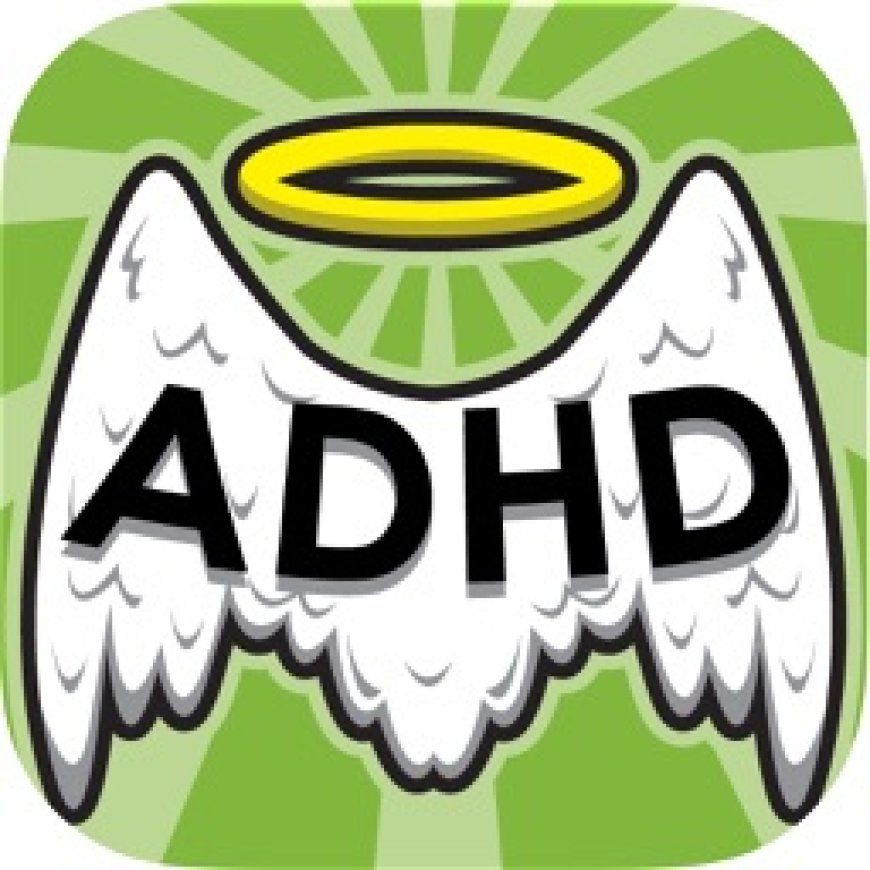ADHD and Creativity: Harnessing Your Unique Talents
ADHD, while presenting certain challenges, also offers a unique set of strengths that can drive creativity and innovation. By understanding and leveraging the traits associated with ADHD—such as divergent thinking,

Attention Deficit Hyperactivity Disorder (ADHD) is often depicted through its challenges: difficulty -focusing, impulsivity, and hyperactivity. However, these traits can also be the foundation of extraordinary creativity. For those with ADHD, the unique way of thinking and processing information can lead to exceptional creative achievements. This article explores the relationship between ADHD and creativity and offers strategies for harnessing these unique talents effectively.
Understanding ADHD and Creativity
Symptom of ADHD is characterized by a pattern of inattention, hyperactivity, and impulsivity that interferes with functioning or development. While traditionally viewed as a disorder with numerous challenges, ADHD also presents distinctive cognitive styles. Individuals with ADHD often experience heightened sensitivity to stimuli, greater divergence in thought processes, and a strong capacity for innovative problem-solving. These traits can foster creativity, allowing those with ADHD to approach problems from novel angles and generate original ideas.
1. Divergent Thinking:
One of the hallmarks of creativity is divergent thinking, which involves generating multiple solutions to a problem. People with ADHD often excel in this area due to their tendency to think outside the box. They can quickly connect seemingly unrelated concepts, leading to innovative ideas that others might overlook.
2. Hyperfocus:
While ADHD is often associated with difficulties in maintaining attention, individuals with the condition can also experience hyperfocus. This state involves intense concentration on a specific task or interest, sometimes to the exclusion of everything else. During hyperfocus, individuals with ADHD can achieve remarkable levels of productivity and creativity.
3. Risk-Taking and Impulsivity:
Creativity often involves taking risks and challenging conventional norms. The impulsivity associated with ADHD can lead individuals to experiment with unconventional ideas and approaches. This willingness to take risks can result in breakthrough innovations and unique creative contributions.
Strategies to Harness ADHD-Driven Creativity
Recognizing and leveraging the creative potential of ADHD involves understanding how to channel its traits productively. Here are some strategies for individuals with ADHD to harness their unique talents:
1. Embrace Your Interests:
People with ADHD often have deep passions and interests. Embracing these passions can lead to creative breakthroughs. Focus on areas that genuinely excite you, and allow your enthusiasm to drive your creative projects. This intrinsic motivation can lead to more fulfilling and successful outcomes.
2. Create a Stimulating Environment:
To support your creativity, design an environment that stimulates your senses and minimizes distractions. Surround yourself with visual and auditory stimuli that inspire you, such as artwork, music, or colorful objects. At the same time, establish clear areas for focused work to help balance stimulation and concentration.
3. Use Time Management Techniques:
Managing time effectively can help harness creativity while mitigating the challenges of ADHD. Techniques such as the Pomodoro Technique—working in short, focused intervals with breaks in between—can help maintain productivity and sustain creative momentum. Additionally, setting specific goals and deadlines can provide structure and motivation.
4. Leverage Your Hyperfocus:
When you find yourself in a state of hyperfocus, use this to your advantage. Channel the intense concentration into productive work, but also set boundaries to ensure it doesn't lead to burnout. Balance periods of hyperfocus with scheduled breaks to maintain overall well-being and prevent exhaustion.
5. Collaborate with Others:
Collaboration can amplify creativity by bringing diverse perspectives and ideas into the mix. Working with others can also provide structure and accountability, helping to balance the challenges associated with ADHD. Seek out partners or mentors who can complement your skills and help guide your creative efforts.
6. Practice Mindfulness and Self-Care:
Creativity thrives in an environment where mental health is prioritized. Practicing mindfulness, meditation, or other relaxation techniques can help manage stress and improve focus. Additionally, ensure you are getting adequate sleep, nutrition, and exercise, as these factors significantly impact cognitive function and creativity.
7. Embrace Your Unique Process:
Everyone's creative process is different, and that's especially true for individuals with ADHD. Embrace your unique way of working, whether it involves brainstorming in bursts of energy or tackling projects in an unconventional order. Understanding and accepting your personal creative rhythm can lead to more authentic and effective outcomes.
Examples of Creative Successes with ADHD
Many well-known figures with ADHD have demonstrated how the condition can contribute to creative success. For instance:
The founder of the Virgin Group, Branson has spoken openly about his ADHD and how it has fueled his entrepreneurial spirit. His risk-taking and innovative mindset have led to numerous successful ventures.
The acclaimed actor and comedian has discussed his experiences with ADHD and how it has influenced his creative approach to comedy and acting. His ability to channel his energy and spontaneity has contributed to his success in the entertainment industry.
The Olympic gymnast has been open about her treatment of ADHD diagnosis and how it has impacted her athletic career. Her focus, determination, and ability to push boundaries have led to remarkable achievements in gymnastics.
Conclusion
ADHD, while presenting certain challenges, also offers a unique set of strengths that can drive creativity and innovation. By understanding and leveraging the traits associated with ADHD—such as divergent thinking, hyperfocus, and impulsivity—individuals can harness their creative potential effectively. Embracing interests, creating a supportive environment, and using time management techniques are key strategies for turning ADHD-driven creativity into tangible successes. With the right approach, individuals with ADHD can transform their unique cognitive style into powerful and impactful creative achievements.
What's Your Reaction?
























